Five things you can enjoy on safari in South Africa that you can't anywhere else in the world
South Africa offers safari moments that exist nowhere else on earth. It is the fusion of desert and ocean, culture and conservation, wilderness and intimacy that makes it singular.
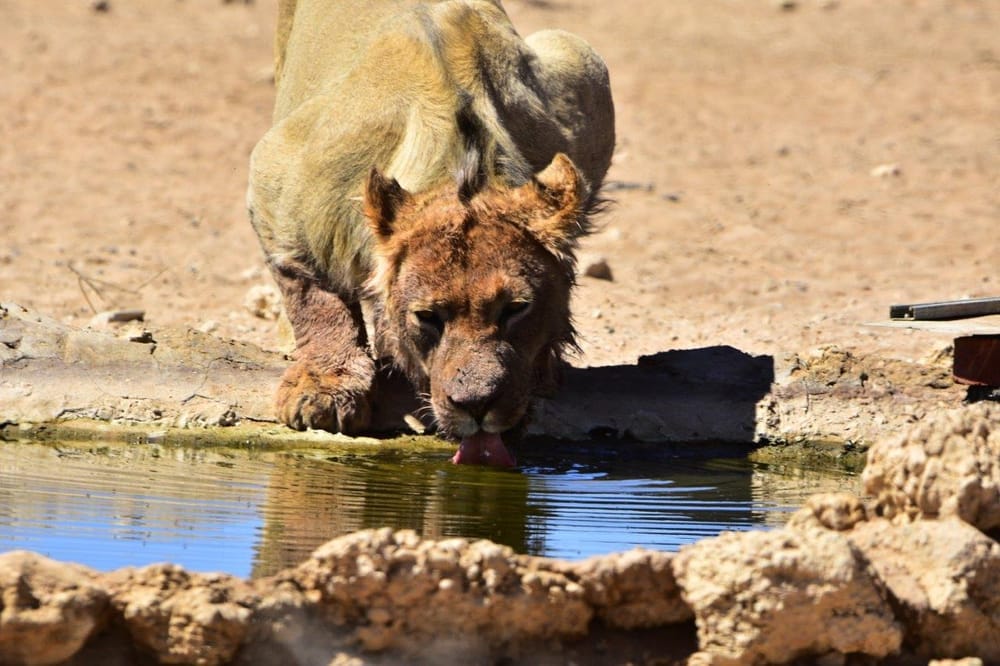
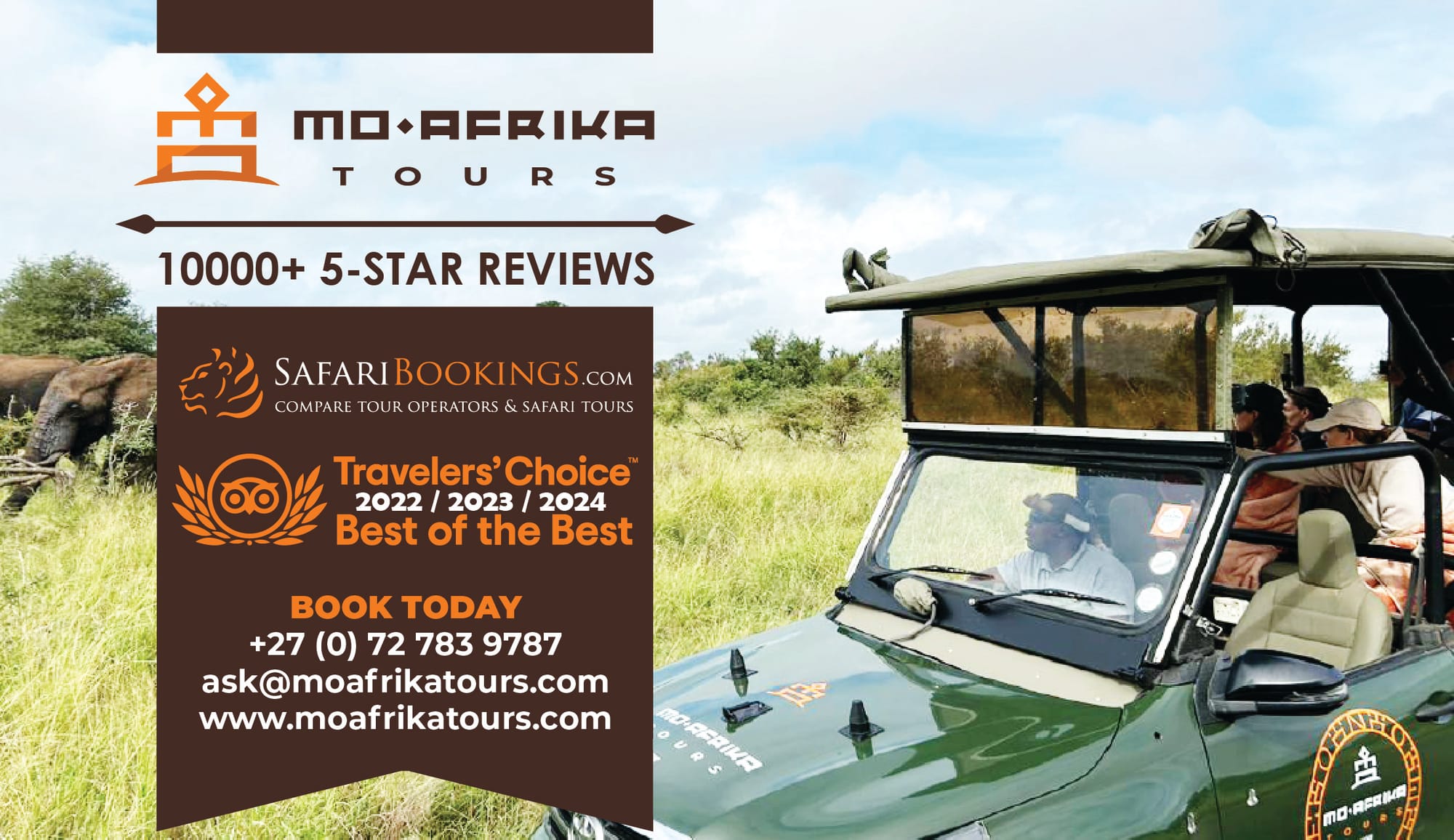
A South Africa safari has long held a special place in the world of travel. It is not only about the celebrated Big Five, nor the vast savannahs and iconic wildlife that photographers dream of capturing. This country offers safari experiences that are entirely its own, rooted in geography, culture, and conservation.
For travellers seeking something different, South Africa offers experiences that cannot be copied or exported, only lived, and most of these unique moments cannot be replicated anywhere else on the globe.
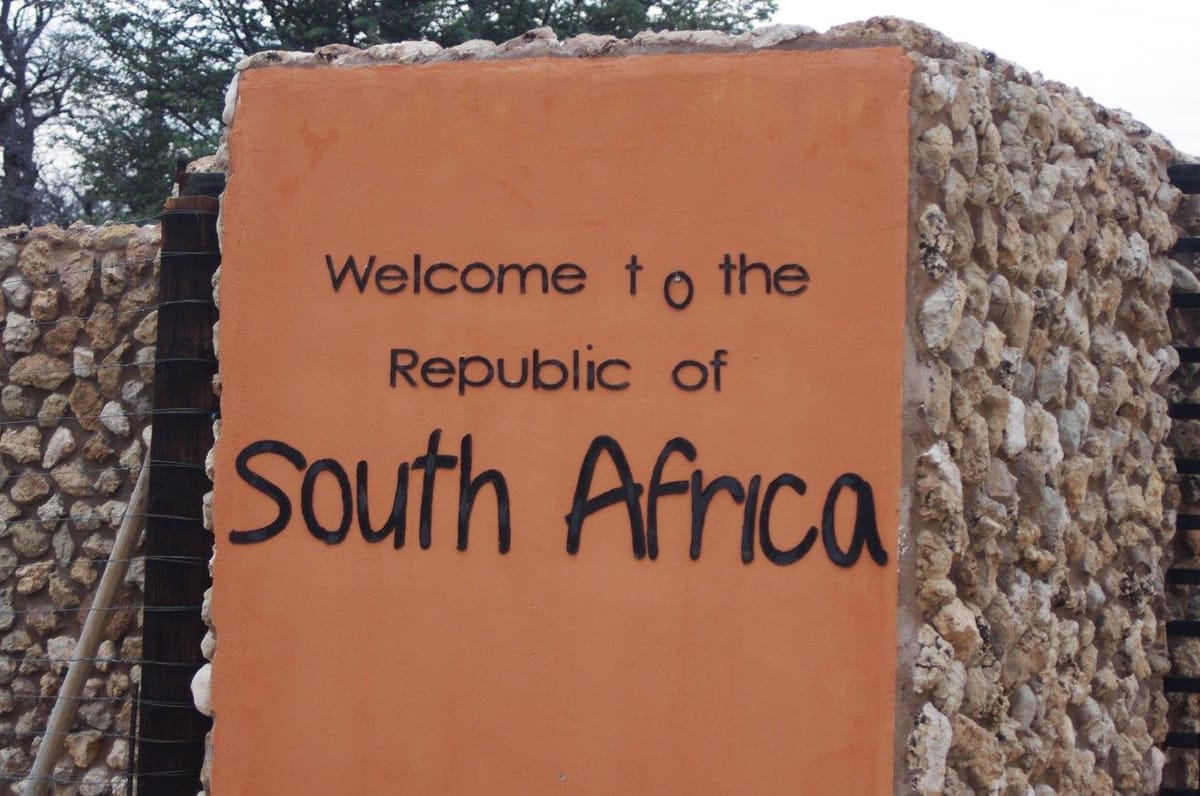
Tracking wildlife on foot in the Kruger bushveld
Few experiences stir the senses like walking in the Kruger National Park, one of the largest and most diverse wildlife reserves in Africa.
Here, trained rangers can guide small groups across the bushveld, reading the land through spoor, scents, and the distant calls of birds. The crunch of sand beneath your boots and the sudden hush when the guide raises a hand create an intimacy with nature that no game drive can match.
Such a walking safari tradition, pioneered in South Africa, combines safety, deep respect for the wild, and a chance to understand the landscape as ancient hunter-gatherers once did.
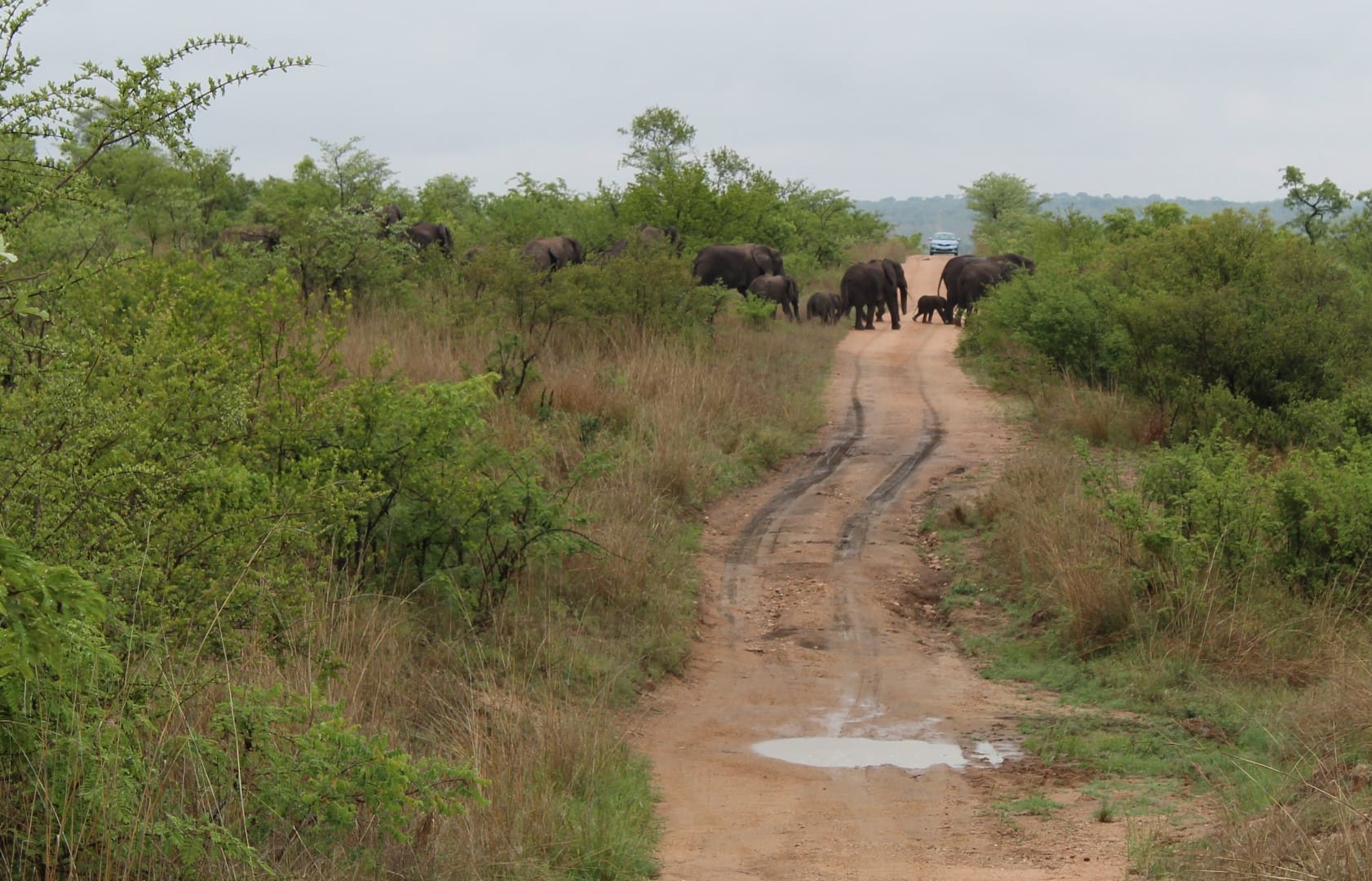
Witnessing desert-adapted lions in the Kalahari
In the far north of the country lies the Kgalagadi Transfrontier Park, straddling the border with Botswana and Namibia. Here, the sight of black-maned lions patrolling the dry riverbeds of the Nossob and Auob is something entirely unique.
These lions have adapted to survive in the semi-arid desert, their movements dictated by scarce waterholes and the migrations of gemsbok and springbok. The red dunes, sharp against cobalt skies, create a backdrop found nowhere else.
Watching these lions in their stark environment reminds visitors of the resilience and variety of African wildlife, shaped by land that is as beautiful as it is unforgiving.
Experiencing marine safaris along the Garden Route
Along the Garden Route, particularly near Plettenberg Bay, you can witness southern right whales breaching offshore or follow pods of dolphins that race alongside boats.
Whales are usually present from mid-May to February, with the southern right whales around from June to November, and the migratory humpback whales arrive with their calves in early November to stay until the end of February.
The proximity of the Tsitsikamma forests, with their canopy tours and rich birdlife, means a safari here extends beyond the land. No other country combines coastal wildlife and big game with such ease.
Travellers can watch elephants in Addo Elephant National Park in the morning and stand on the cliffs above Storms River Mouth in the afternoon, scanning for migrating humpbacks.
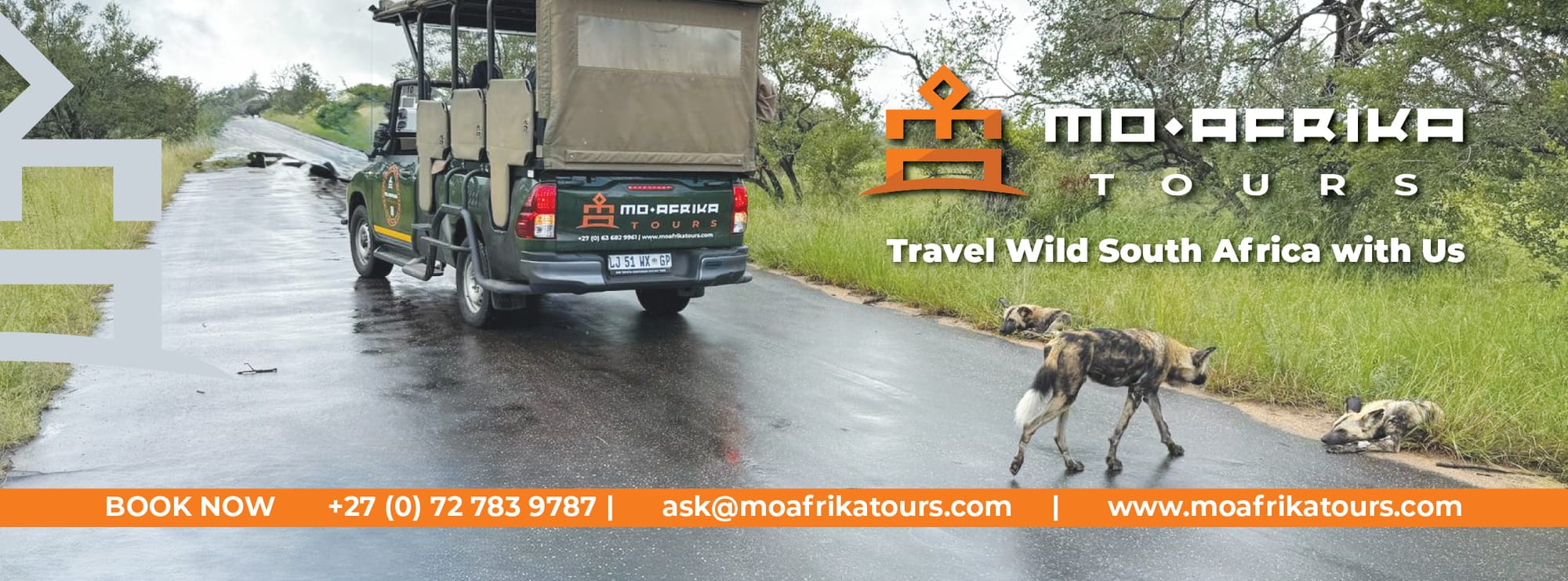
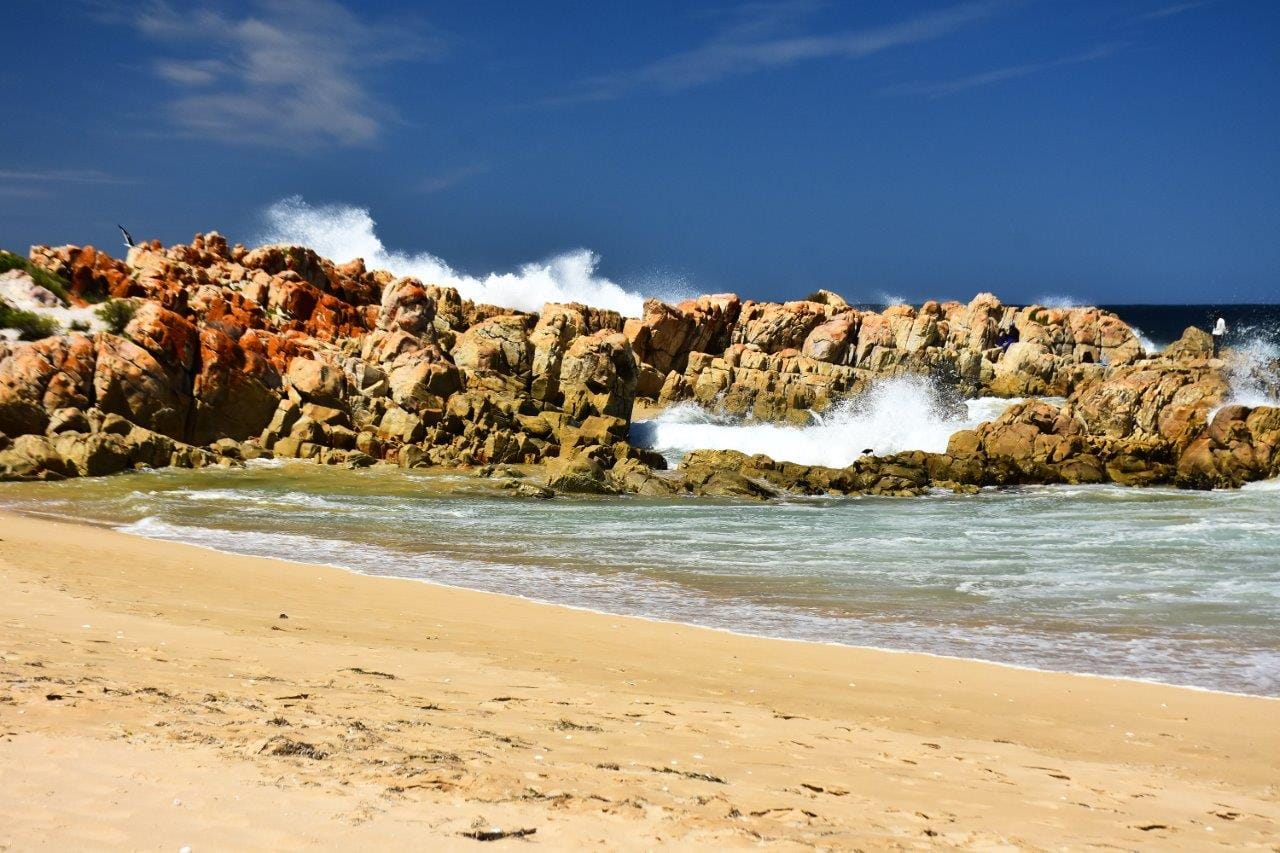
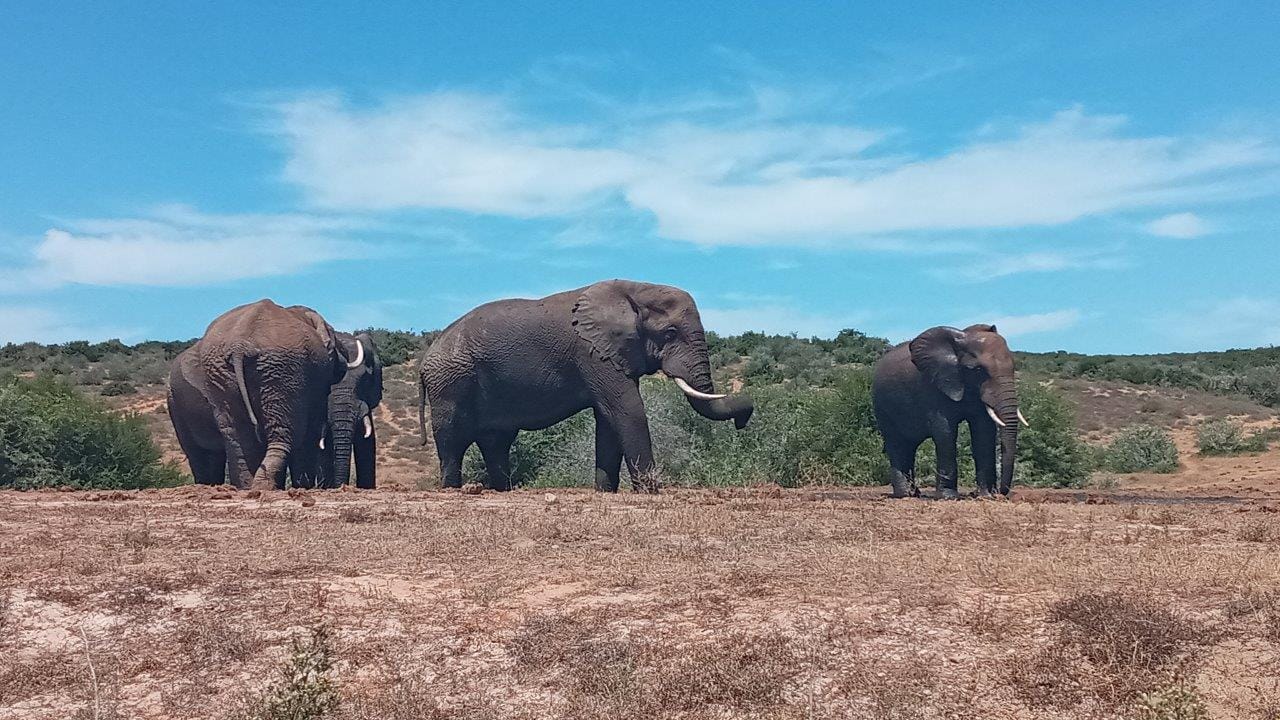
Discovering rare birdlife in Zululand
For keen birders, Zululand in northern KwaZulu-Natal offers sightings that simply do not exist outside South Africa. The fever tree forests and wetlands of the iSimangaliso Wetland Park shelter species like the pink-throated twinspot and the palm-nut vulture, both highly sought after.
Boat trips across Lake St Lucia reveal colonies of flamingos, hippos wallowing in shallows, and crocodiles basking on muddy banks. This blend of wetlands, estuary, and coastal forest makes the region a sanctuary where biodiversity flourishes.
Birding safaris here are not a specialist niche but a vital part of understanding the region’s ecological richness.
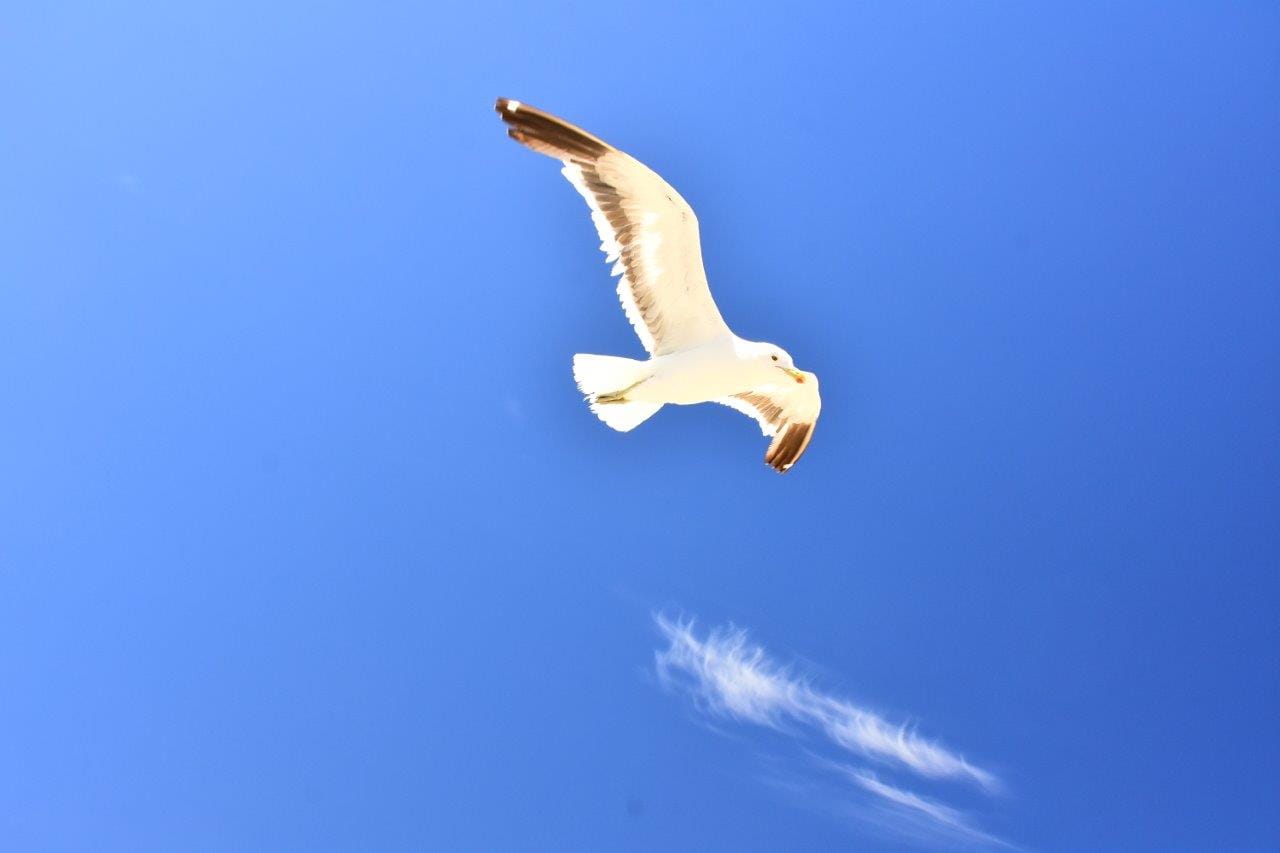
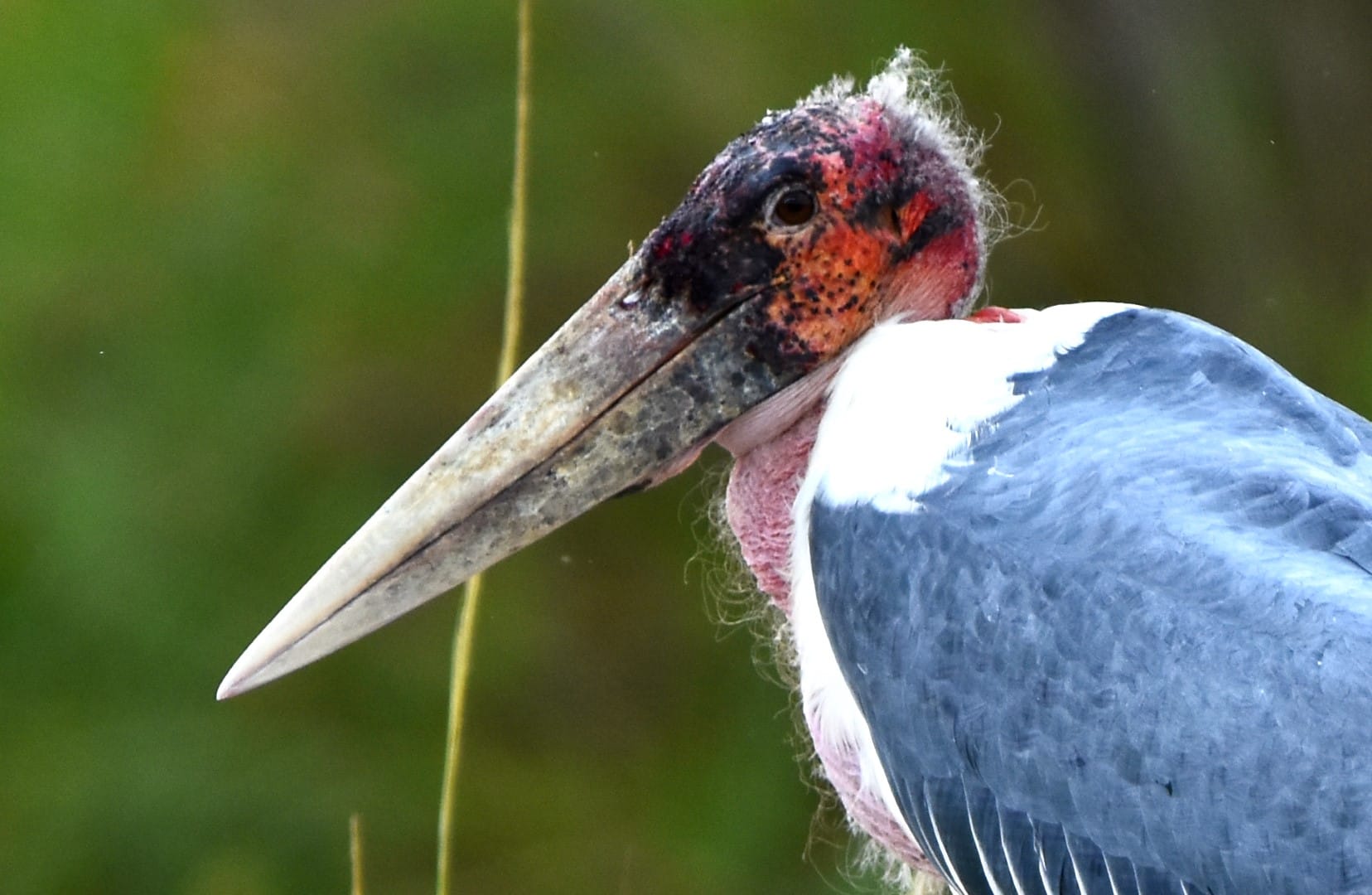
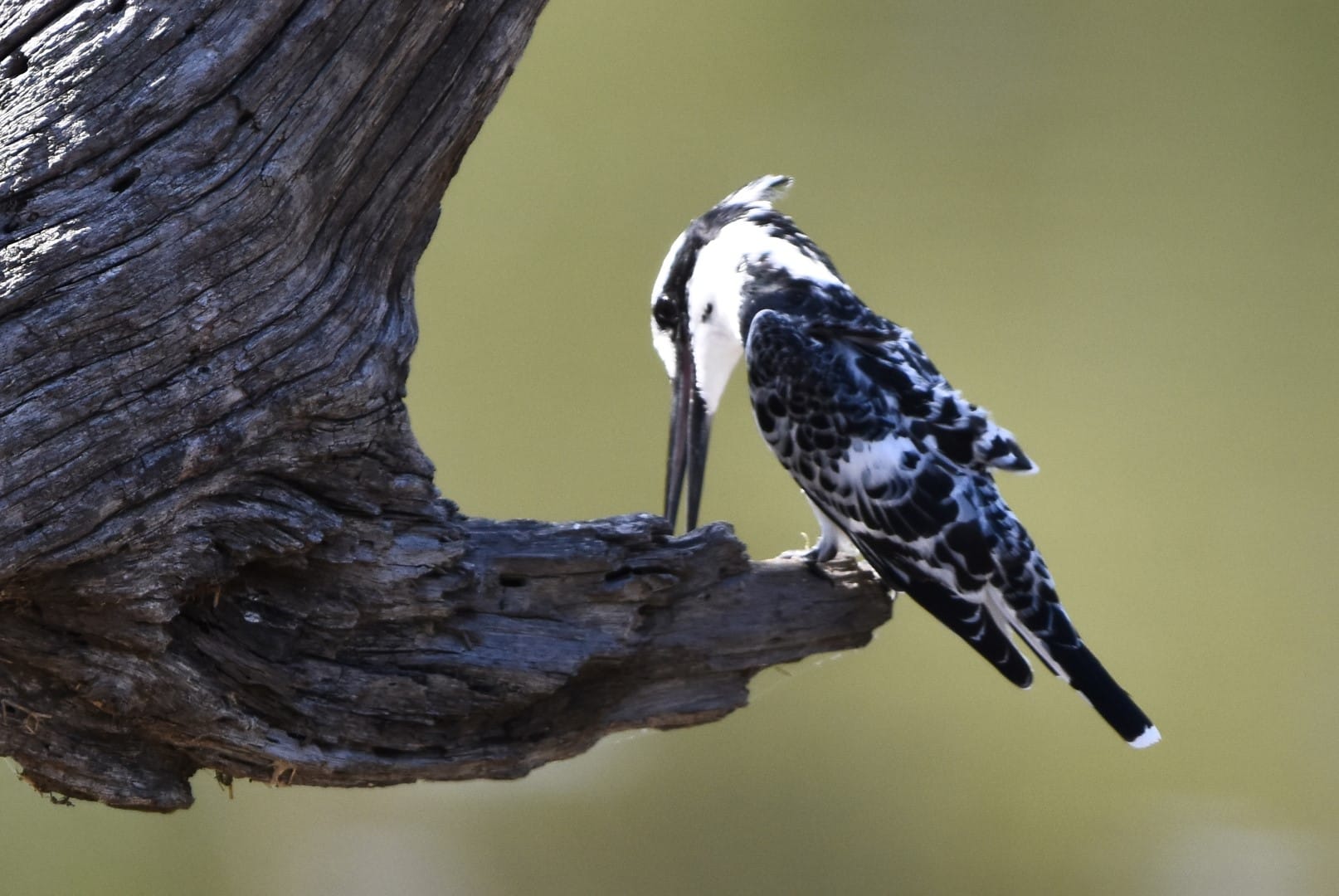

Learning cultural stories alongside wildlife in Limpopo
In South Africa, a safari is not only about animals. In Limpopo Province, cultural traditions enrich the journey.
Local Shangaan and Venda communities welcome visitors into villages near reserves such as Manyeleti and Makuleke. Here, storytelling, music, and food weave human history into the wild. Listening to a guide explain the symbolic meaning of certain animals, or how clans trace lineage through totems linked to wildlife, gives depth to every sighting.
It is a reminder that safari is part of a living landscape where people and nature have shared space for generations.
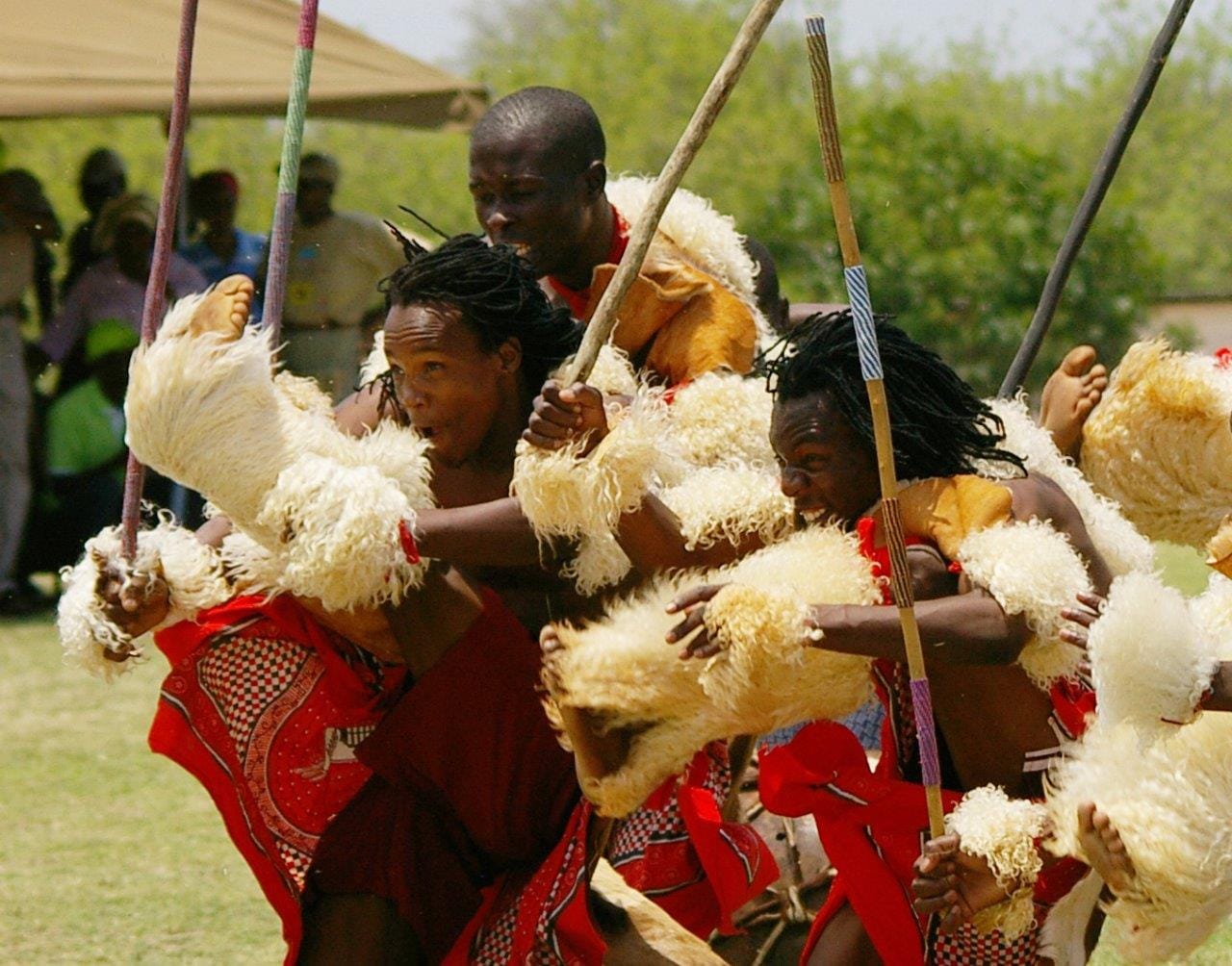
A journey that belongs only here
A South Africa safari cannot be reduced to a checklist of animals. It is the fusion of desert and ocean, culture and conservation, wilderness and intimacy that makes it singular. From walking among the thorn trees of Kruger to hearing traditional songs in Limpopo, every moment is anchored in the geography and heritage of this country.


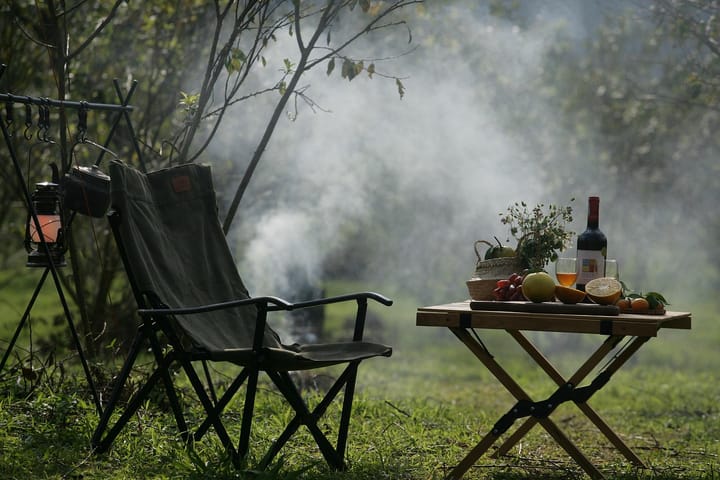
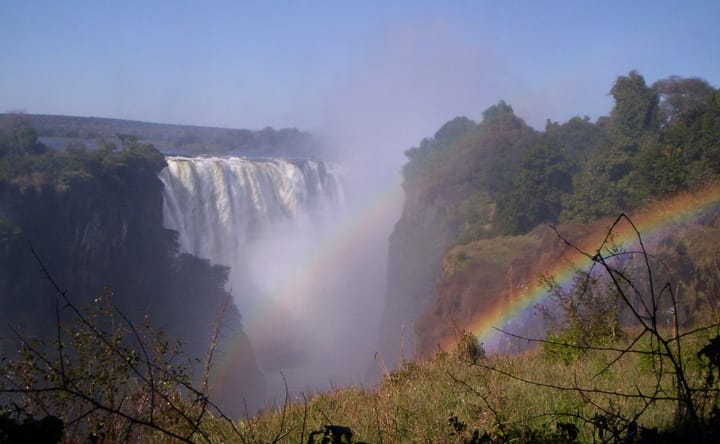
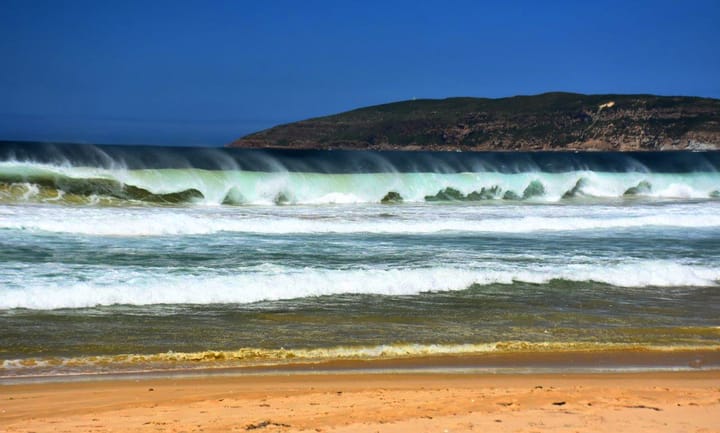
Comments ()